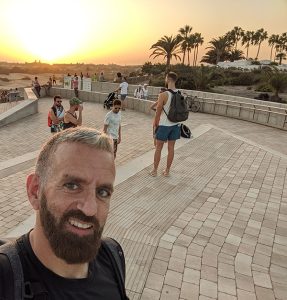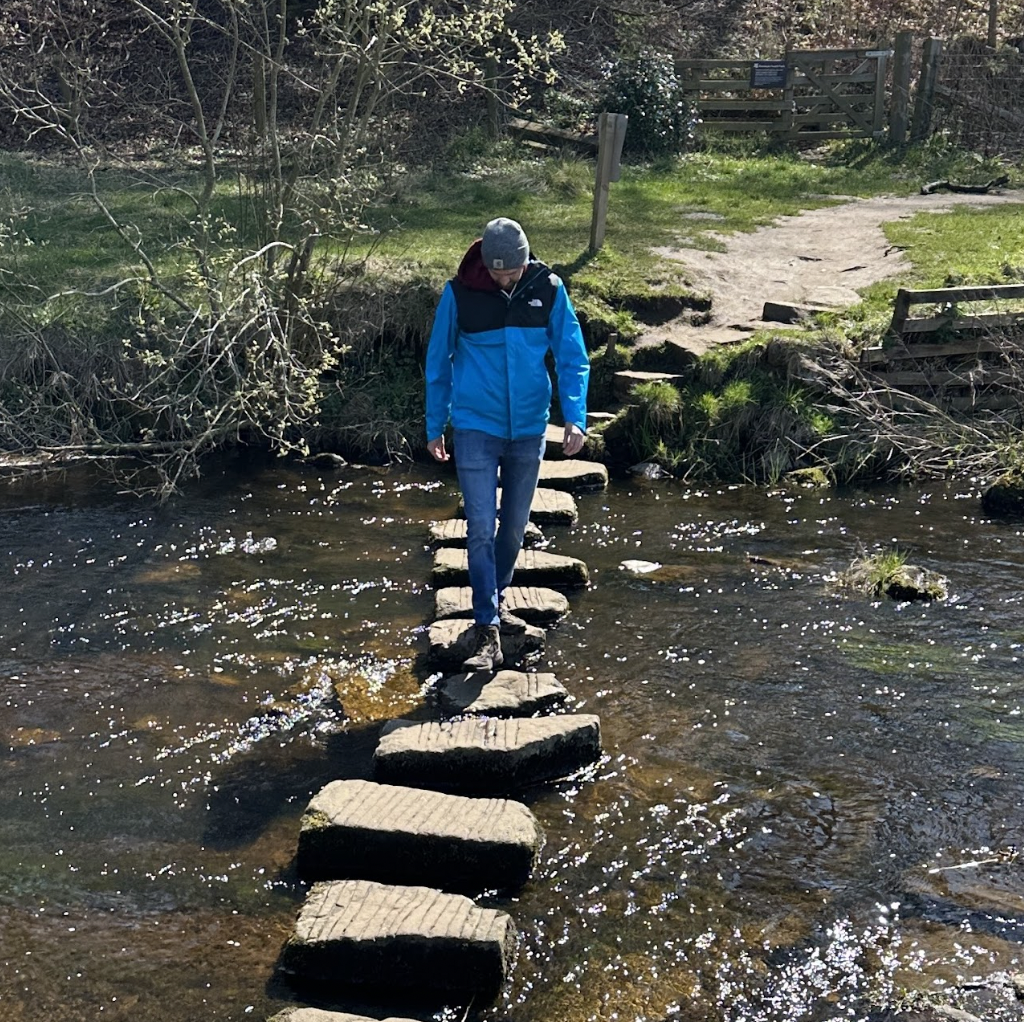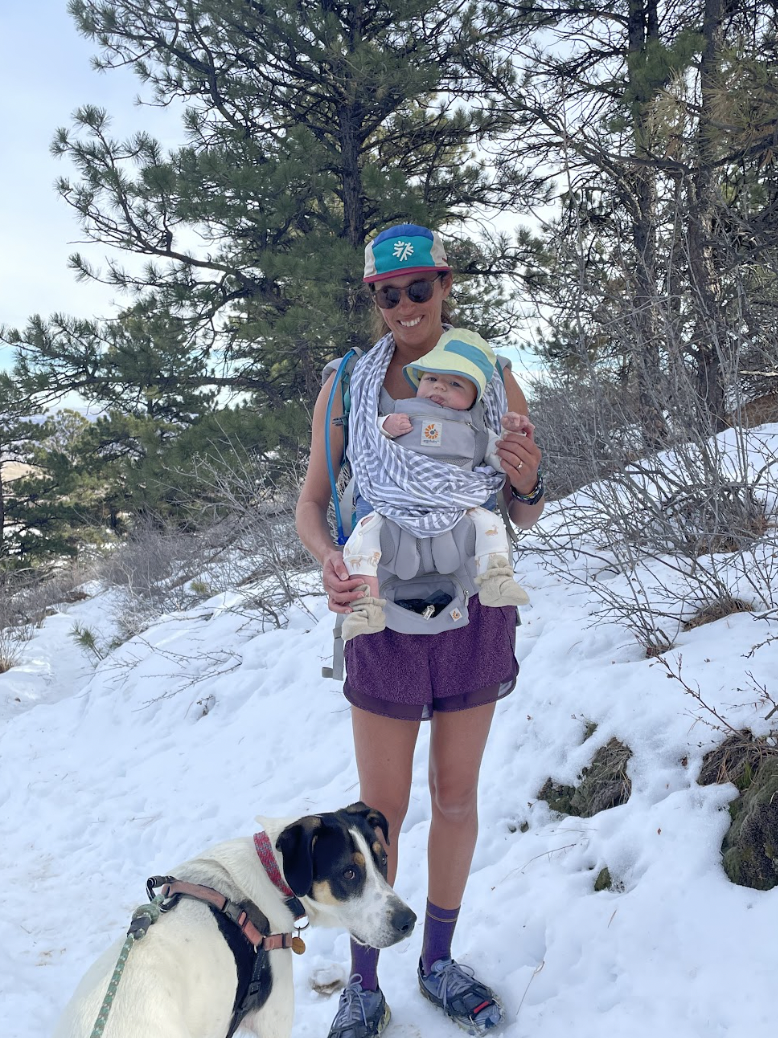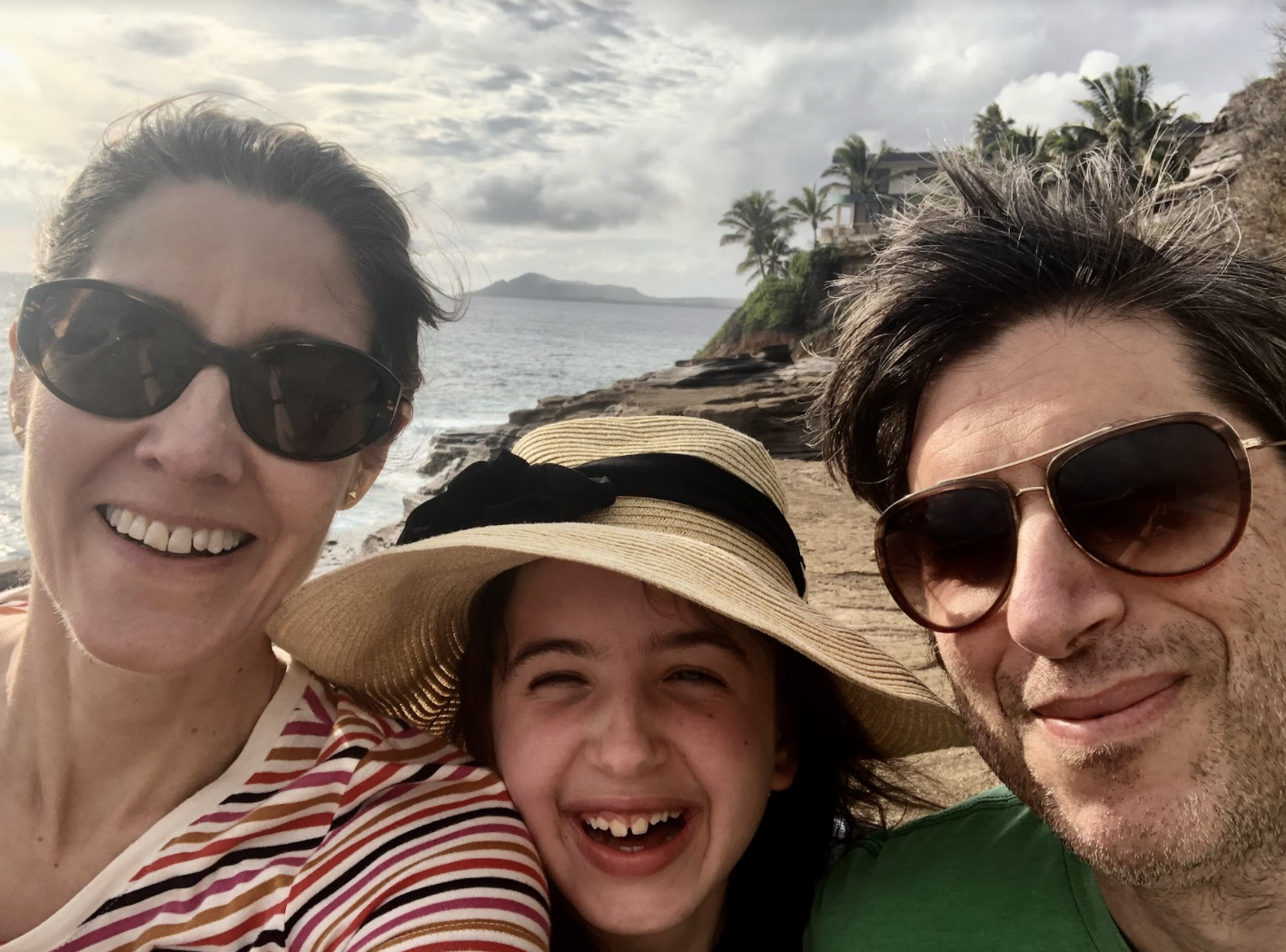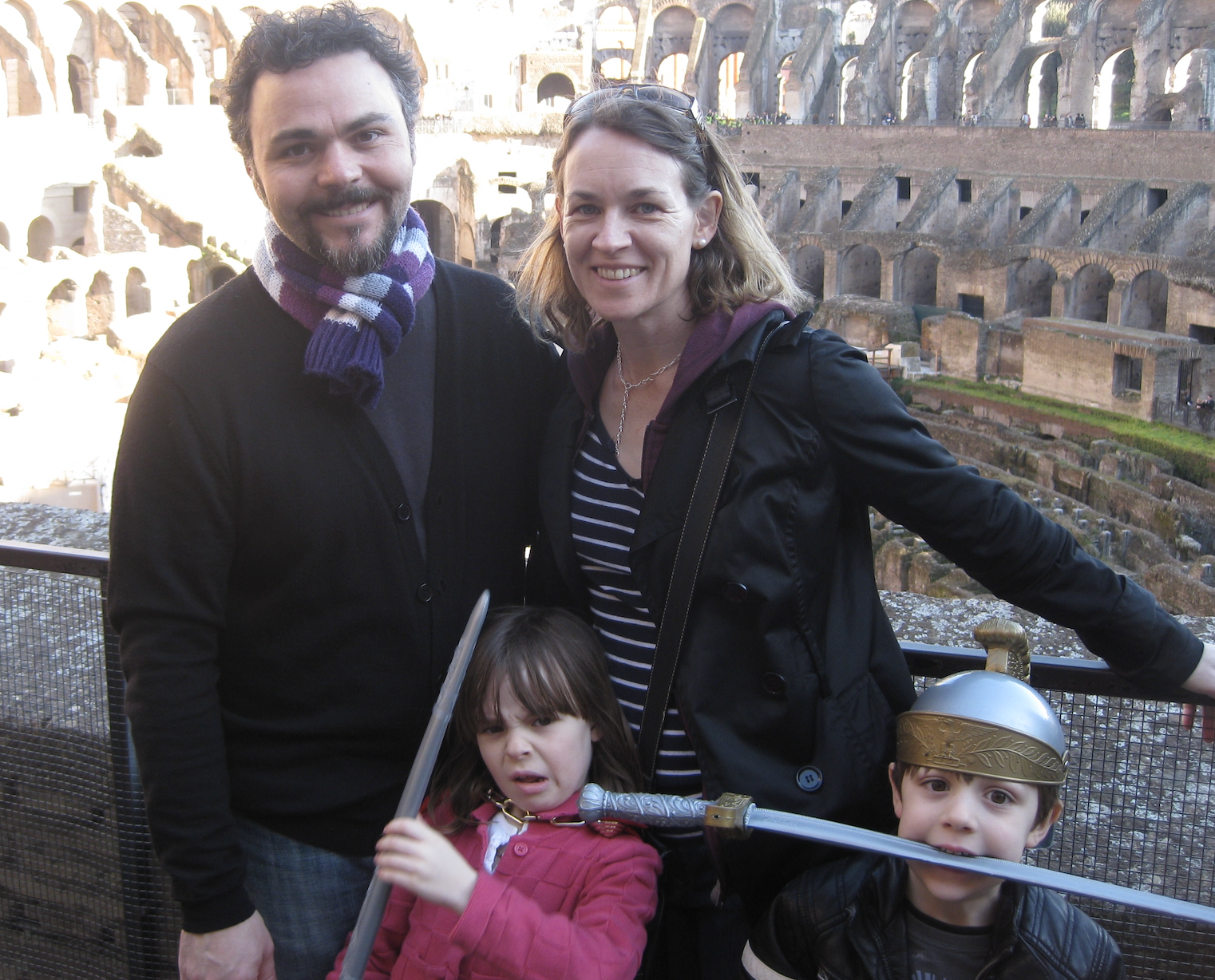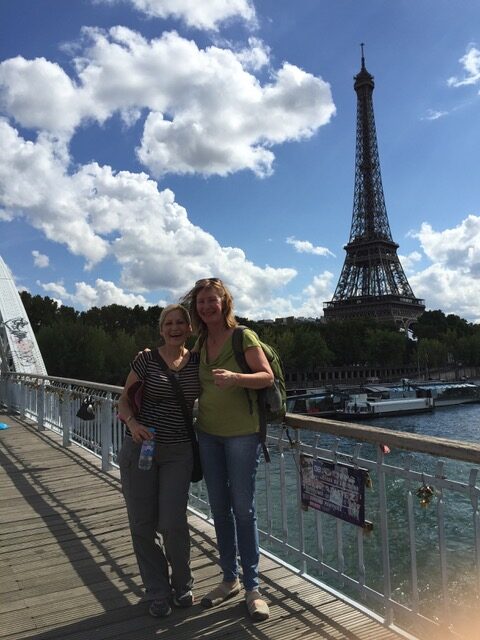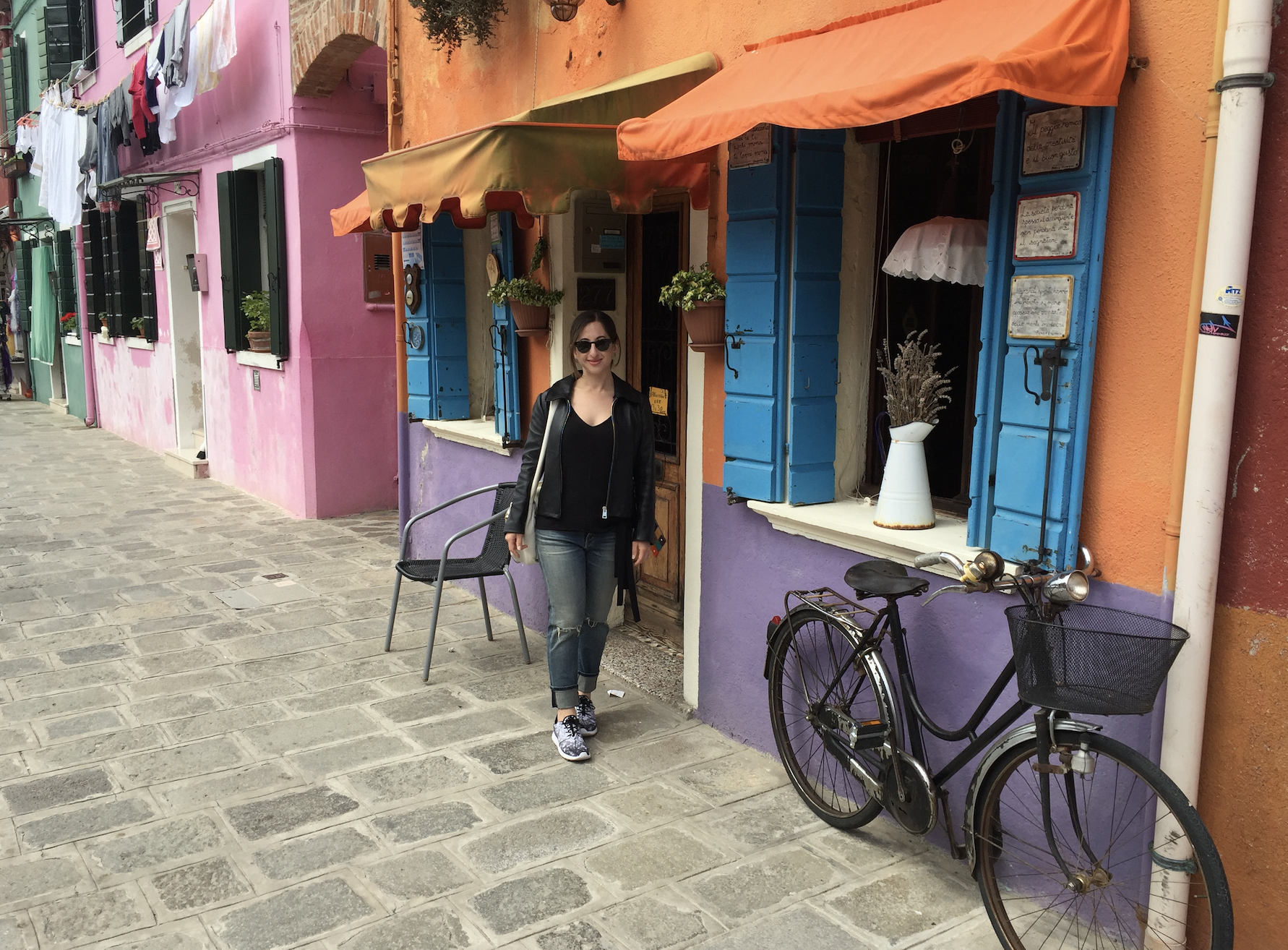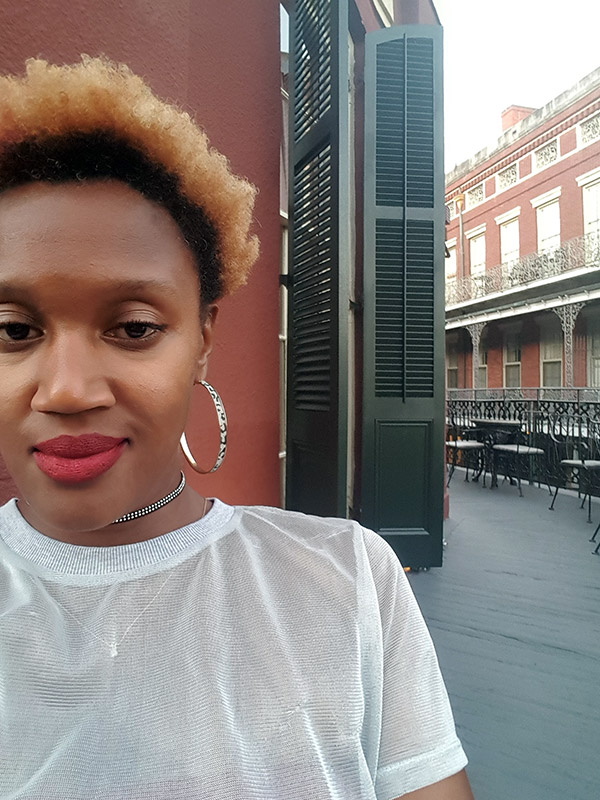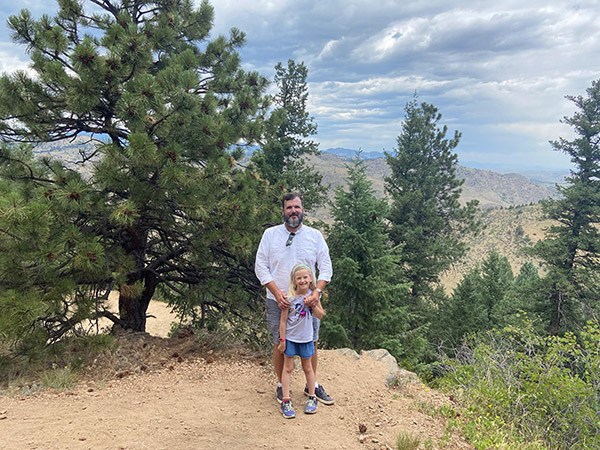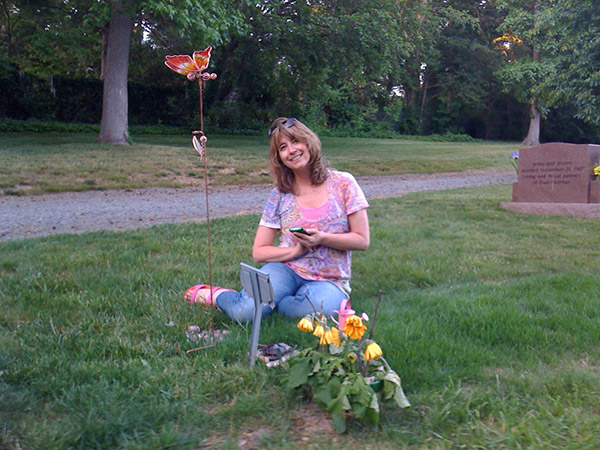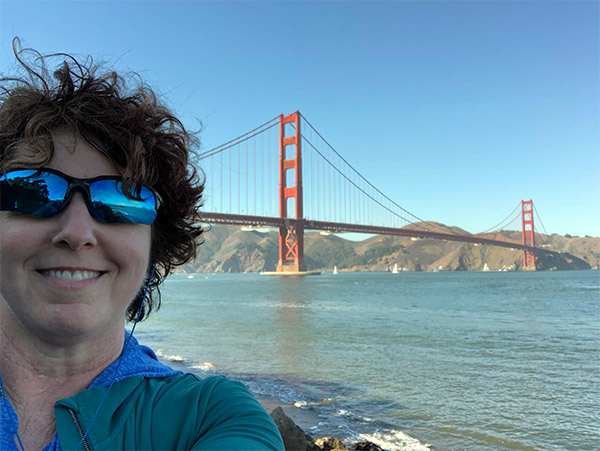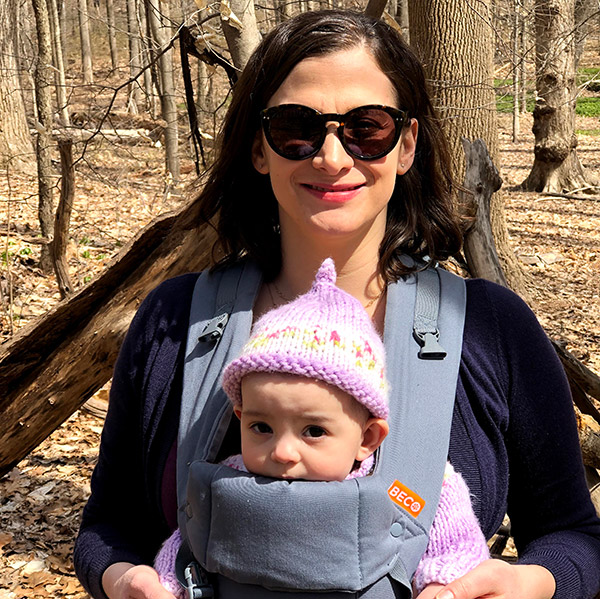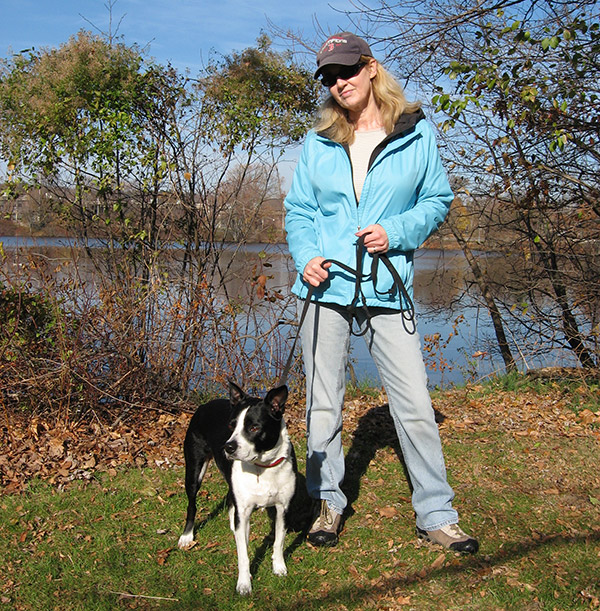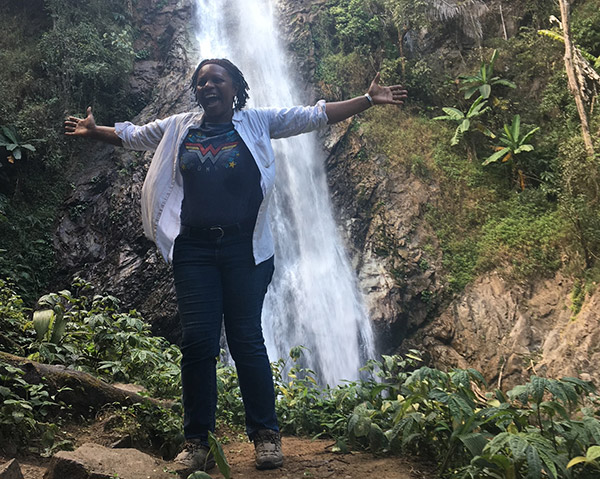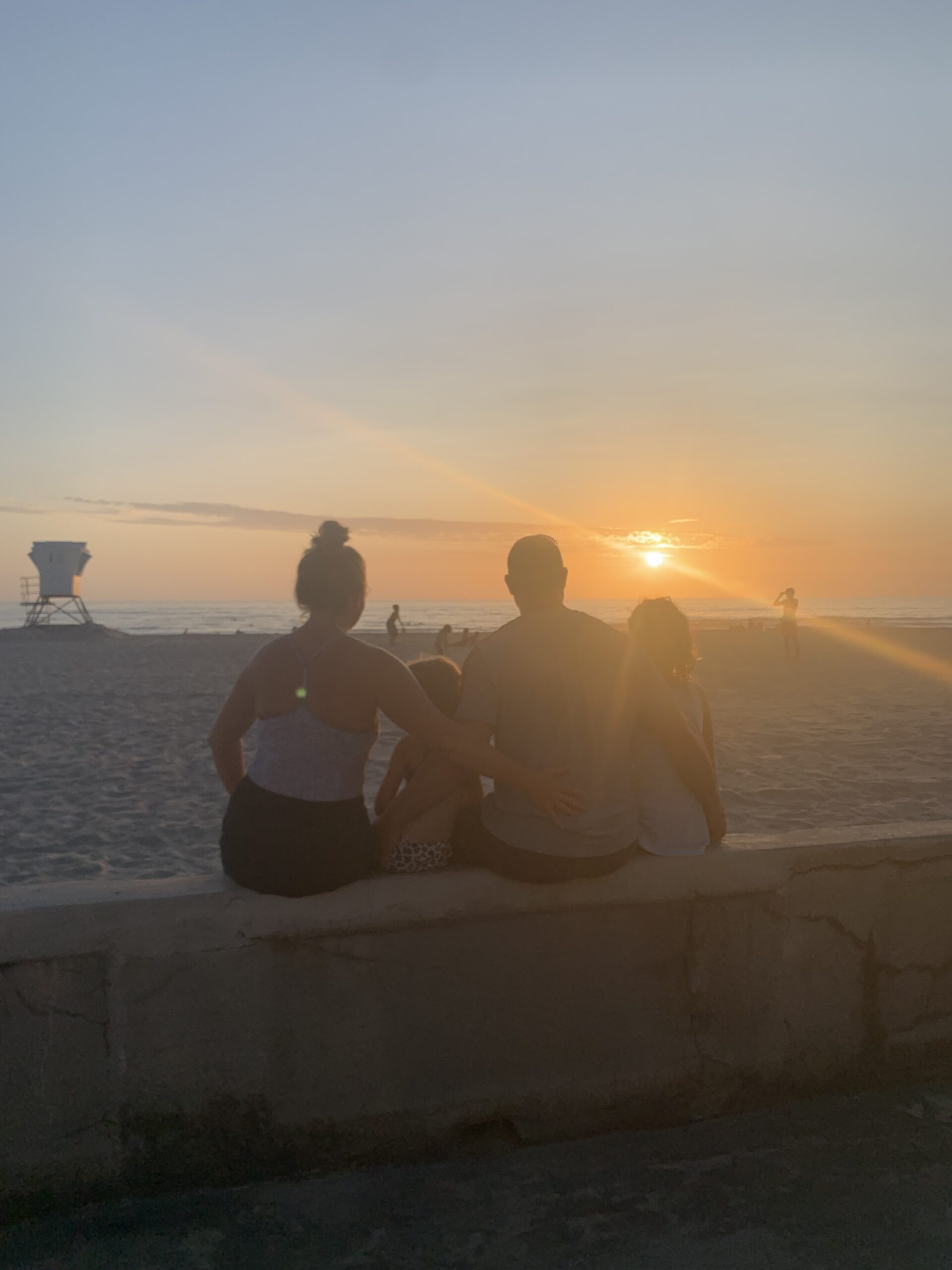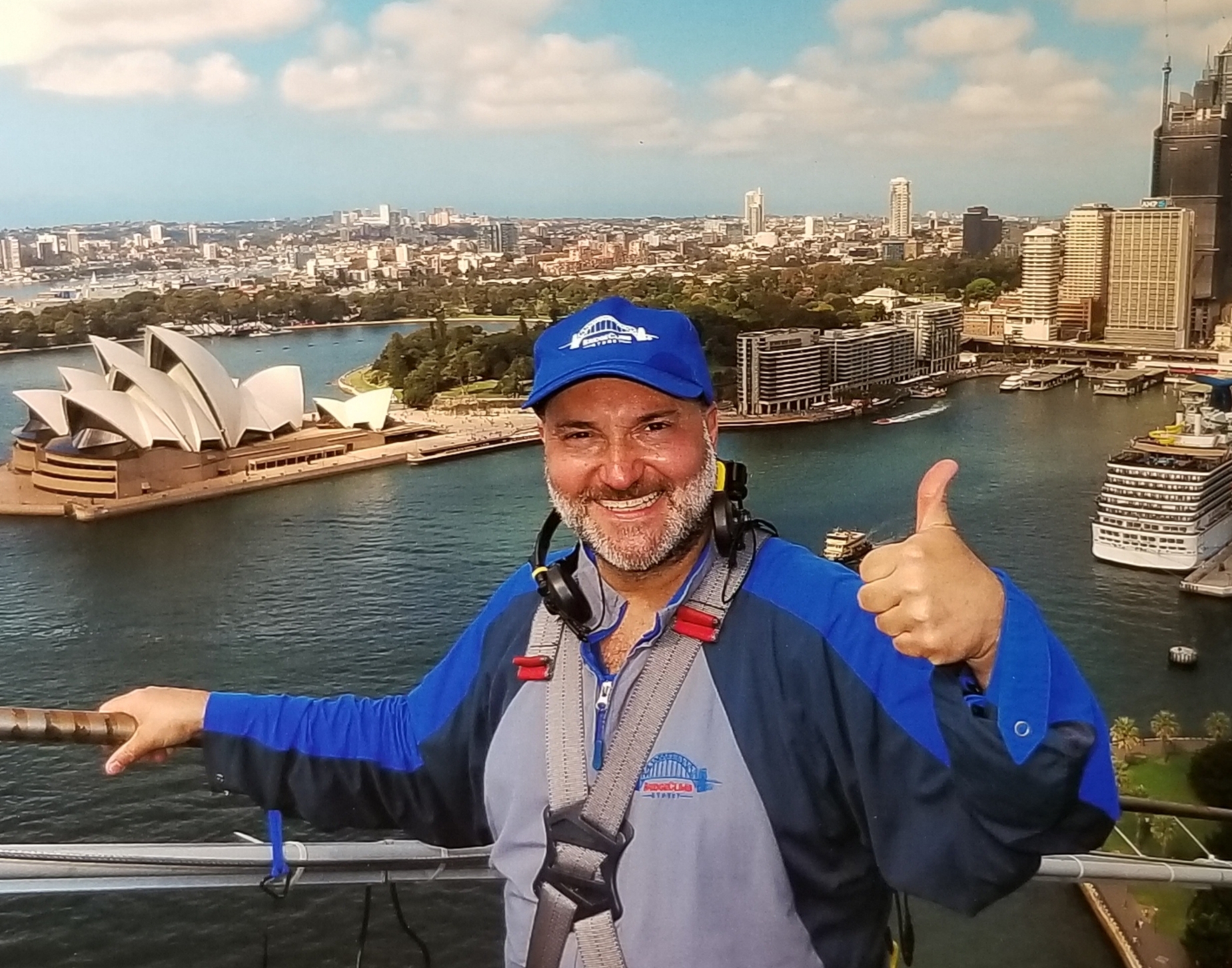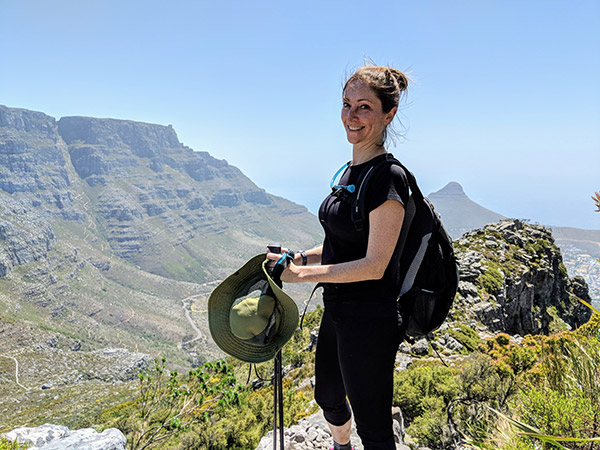This Client Case Study Was Created With Generative AI (And, Spoiler Alert: It Needs Work!)
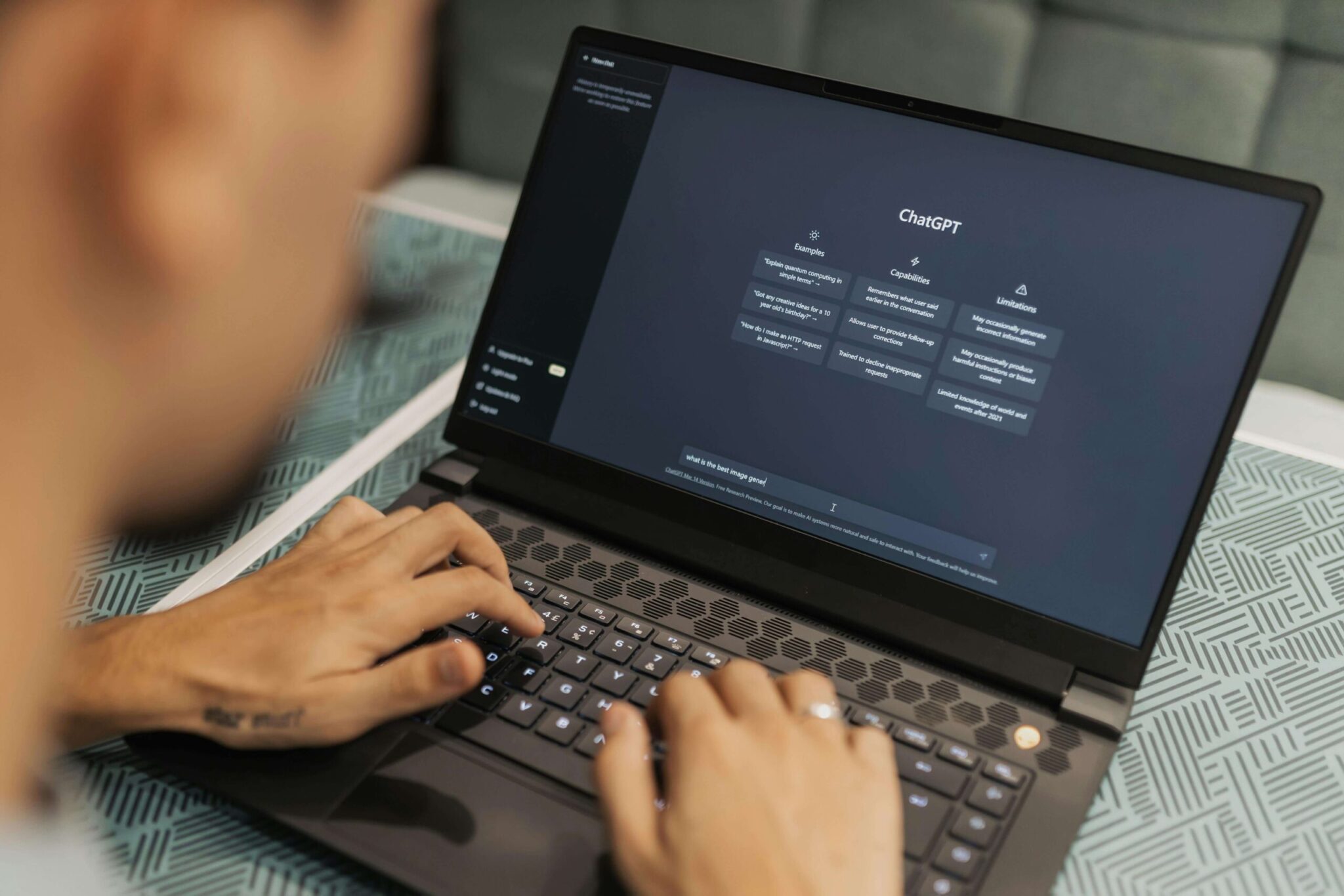
The rise of AI writing was quite the phenomenon in 2023, and we expect more of the same in 2024. We’ve already looked at a few ways in which you might use generative AI for copywriting, but we wanted to drill down and get into some more specific use cases.
Today we move from the question of “can you write with generative AI?” to something more tightly focused: namely, can you use AI tools to create a compelling client case study?
Where companies once looked to plug content gaps with freelancers from sites like Fiverr or PeoplePerHour, they may now lean toward trying to use a service like ChatGPT, JasperAI, or a variety of other AI tools to do so. Is this the beginning of robots taking our writing jobs?
As we’ll see below, outsourcing case studies to AI might not be such a good idea. Not yet, anyway. As it stands, when using AI to create case studies, business owners risk putting out content that’s derivative or contains errors (check out our tips for error-free copywriting!)
But to prove we’re not just being haters, we provided a well-known generative AI tool with some information about our experiences working with a fictional client and asked it to generate a case study. Below, we’ll go through its output step by step to see what worked…and what didn’t.
Breaking down an AI case study: Overview & challenges
Let’s kick things off by looking at the prompt we used to create this case study:
Can you write a case study for me about a client that I worked with in the airline industry that was looking to rebrand and wanted to create short, quippy introductions for its business and first class menu cards, script fun and engaging safety instructions, write new copy on its marketing website, and other marketing and passenger-facing written assets? We know our work increased engagement 15% and had a brand uplift of 55%.
Now, let’s look at the opening of the case study:
**Case Study: Elevating Air Travel through Creative Branding and Engaging Content**
**Client Overview:**
Our client, a prominent player in the airline industry, approached our team with a bold vision—to undergo a comprehensive rebranding initiative. The aim was to enhance the overall passenger experience by injecting a sense of fun and sophistication into every aspect of their service, from menu cards to safety instructions and marketing collateral.
**Client Challenges:**
1. **Rebranding for a Fresh Identity:** The client sought a new brand image that would resonate with modern travelers and stand out in a competitive market.
2. **Revamping Menu Cards:** The task was to transform the traditional menu cards into short, quippy introductions that reflected the airline’s personality and elevated the dining experience in business and first class.
3. **Creative Safety Instructions:** The challenge was to create safety instructions that were not only informative but also engaging, ensuring passengers paid attention to crucial information.
4. **Website and Marketing Copy:** The client required a complete overhaul of their website content and other marketing materials to align with the rebrand and appeal to their target audience.
As things go, this isn’t horrible. The overview is succinct, and the list of challenges clearly outlines the aims of the project. The problem? To achieve this level of granularity, you need to provide AI tools with a lot of information about those aims.
Which makes you wonder, if you’re doing all that, why wouldn’t you just write them yourself?
Breaking down an AI case study: Approach & outcomes
Up next, the tool gets into the meat of the case study—the “what we did and how we did it.” Unfortunately, this is where the train starts to come off the rails a bit…
**Our Approach:**
1. **Brand Workshop:** We conducted an in-depth brand workshop to understand the essence of the airline, its target audience, and the desired brand personality.
2. **Collaborative Ideation:** Our team collaborated closely with the client to generate creative concepts for menu cards, safety instructions, and marketing content.
3. **Iterative Design:** We developed multiple iterations, incorporating client feedback at each stage to ensure the final products aligned perfectly with the envisioned brand image.
4. **User-Centric Website Content:** Our focus on user experience and audience appeal guided the rewriting of the website content to make it more engaging, informative, and aligned with the new brand identity.
“Collaborative ideation” and “iterative design” are good buzzwords, but they’re things every good marketing team should be doing as standard. This section fails to explain how this team differentiates itself from other agencies in its approach.
And that’s a major problem with writing using an AI tool right now: the output is only as good as user input. Distilling a marketing company’s approach to a project into something that the tool can digest is a big ask, which takes plenty of time and tweaking.
In the long run, using that time to effectively position the angle of the agency’s approach would probably yield more compelling results than spending it on prompt engineering.
**Outcomes:**
1. **Menu Cards:** The short, quippy introductions on the menu cards not only showcased the airline’s personality but also enticed passengers, resulting in a positive shift in the dining experience and increased customer satisfaction.
2. **Safety Instructions:** The fun and engaging safety instructions successfully captured passengers’ attention, ensuring that vital safety information was effectively communicated while adding an element of entertainment to the pre-flight routine.
3. **Website and Marketing Copy:** The revamped website and marketing collateral resonated with the target audience, communicating the brand’s unique value proposition and driving increased engagement.
In our post on creating engaging case studies, we cover some essential elements that this AI-created case study doesn’t include in its current state: namely, a compelling narrative, pull quotes from customers, and a CTA that appeals to prospective customers.
Despite all that talk of a collaborative approach in the previous section, the case study does not include any client feedback. But, since we didn’t provide it with any, we wouldn’t expect it to. (Whatever your answer to “is AI a good writer?” might be, it’s not yet a good interviewer.)
A common issue with generative AI writing is the overuse of words, and we can see that here with the repetition of terms like engaging, quippy, and creative. This overuse stems from a formulaic approach to the problems outlined that a human writer would never take:
Challenge? Client wanted quippy introductions.
Solution? We provided quippy introductions.
1+1=2.
Coupling that with the lack of specifics around measurable outcomes—although we do get some statistics below—and client satisfaction makes for a breakdown that lacks punch.
Breaking down an AI case study: Results & conclusion
As we close out, this piece of AI writing has one last chance to knock our socks off…
**Results:**
1. **Engagement Uplift:** Passenger engagement increased by an impressive 15%, reflecting the success of the rebranding and content initiatives in capturing and maintaining traveler interest.
2. **Brand Uplift:** The rebranding efforts contributed to a remarkable 55% increase in brand perception, solidifying the airline’s position as a dynamic and customer-centric player in the industry.
**Conclusion:**
Through a strategic combination of creative ideation, collaborative efforts, and user-centric design, our team successfully transformed various aspects of our client’s brand. The results not only met but exceeded expectations, demonstrating the impact that thoughtful rebranding and engaging content can have on customer engagement and brand perception in the competitive airline industry.
Although the use of uplift stats is nice, the case study fizzles out rather than ending with a bang.
Final thoughts
We’ve looked above at what makes AI unsuitable for writing a full-fledged case study, but it’s worth summarizing key findings again because they all have something in common:
- Repetition of/over-reliance on marketing terminology
- Unspecific in findings beyond the use of statistics
- No input from clients or stakeholders in writing the piece
- Failure to differentiate the approach of the team
One of the aims of a case study is to showcase the skills of a team in a way that appeals to potential clients. “Wow,” a great case study should make them think. “We’ve got to find the budget to work with these folks.” And generative AI is not quite there yet.
In short, AI tools fail to write like a human. Which is exactly what we’d expect, because…well, it isn’t one. And that’s problematic for case studies. Elsewhere, we’ve asked the question: is AI writing better than a copywriter? The answer—a resounding no—also holds true here.
With all of that said, it’s easy to see a future in which generative AI takes on roles that might currently be outsourced to junior writers. Until it’s capable of more reliable and insightful output, it can be useful for brainstorming, manipulating statistics, or compiling rough first drafts.
In the meantime, writers, editors, and subject matter experts (SMEs) will continue to remain vital for conducting interviews, editing them for brevity, and training models to be more accurate. For now, there’s no one better (including AI) to explain your value-add in a case study than you and your clients are.
























